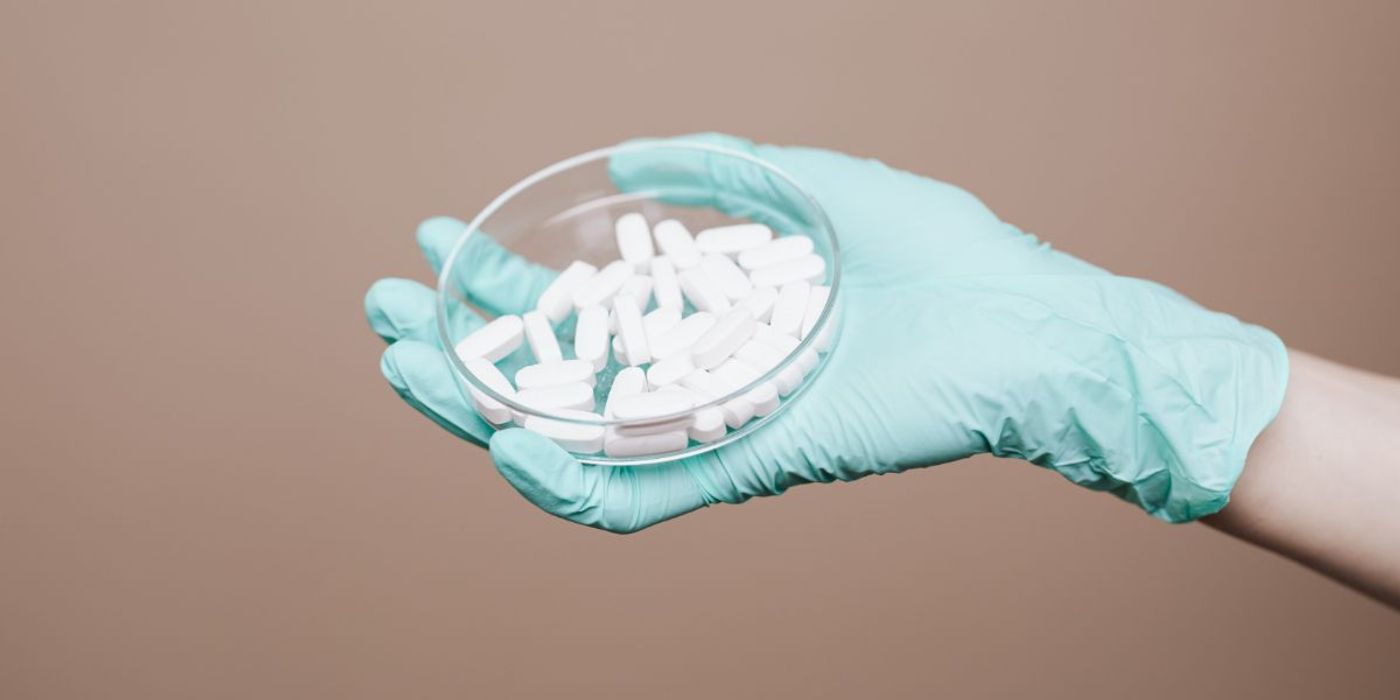Review Finds Improved Transparency Among Antidepressant Drug Trials
Trials relating to newly developed antidepressant drugs are becoming more transparent. The corresponding study was published in PLOS Medicine by researchers at the Oregon Health & Science University.
The present research is a follow-up of a 2008 study that found that 31% of studies viewed by the Food and Drug Administration (FDA) related to antidepressant drugs were not published. Many of these studies showed negative results for antidepressant drugs on mental health.
This meant that, according to published literature at the time, 94% of antidepressant trial results appeared to be positive; however, when taking the unpublished studies into account, just 51% remained positive.
For the present study, the researchers compared data from published reports on antidepressants from 2008 to 2013 with a previously published dataset of trials between 1987 and 2002. Between 2008 and 2013, the researchers identified 30 clinical trials. Of these, 15 studies presented negative results. While eight were either unpublished or misrepresented in the scientific literature, the remaining seven- or 47%- were transparently reported.
While still far from 100%, the researchers say that this is still an improvement, given that among the studies analyzed from between 1987 and 2002, just 11% of negative studies were reported transparently. This improvement, say the researchers, stems from numerous policy changes aimed at transparency as well as a cultural change in what is considered ‘standard practice’.
"Doctors prescribe based upon what the drug companies choose to publish, which can be a cherry-picked version of the full story," said lead author of the study, Erick Turner, M.D.,"By hiding negative trial results and selectively publishing only positive results, drugs will look more effective than they actually are. Doctors need to be made aware of all trial results -- positive and negative -- so they can be fully informed when they prescribe drugs for their patients.
"Fortunately, we are seeing progress," he said. "Negative studies, once a dirty little secret, are now being acknowledged more often. The dark era of opacity appears to be in the rear-view mirror, but much work lies ahead if we are going to see full transparency.
Sources: PLOS Medicine, Science Daily









